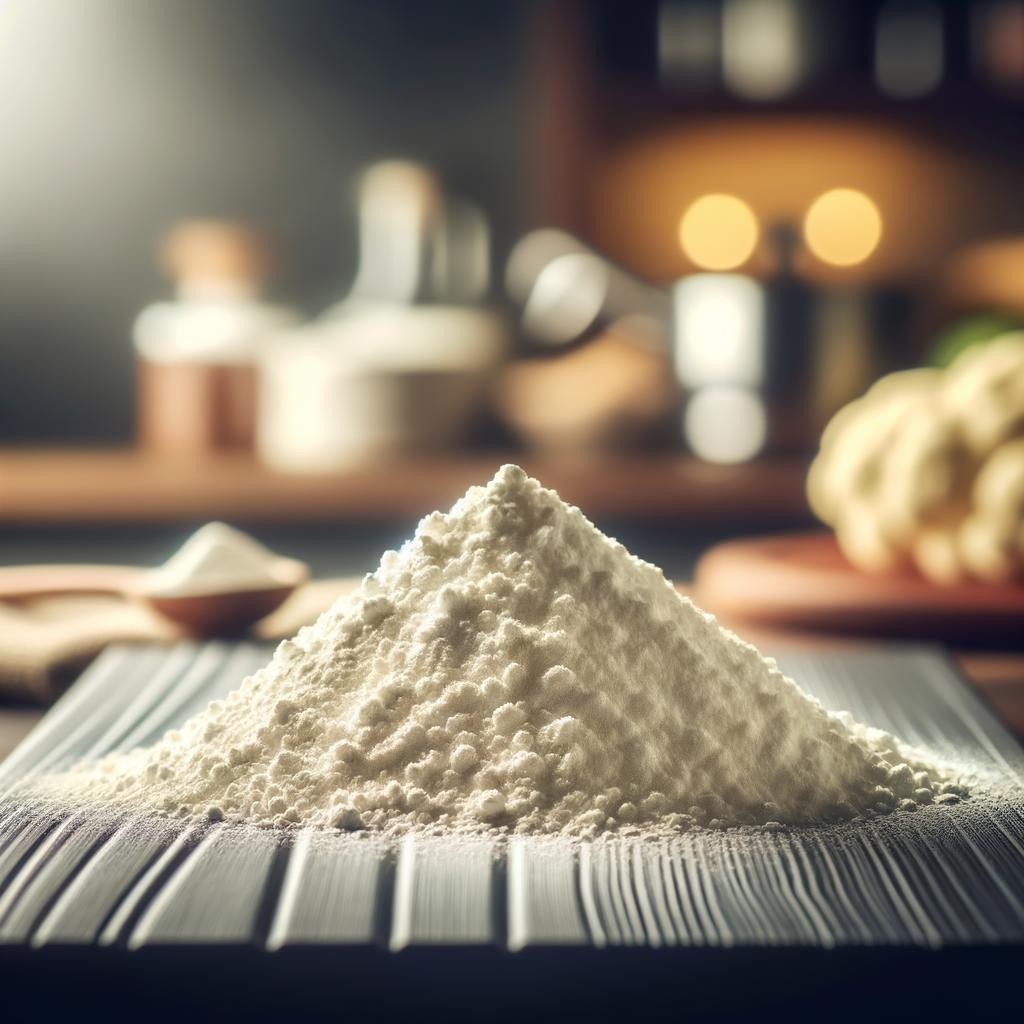Corn Starch

Description
Corn starch, a white powdery substance derived from the endosperm of corn kernels, is an everyday marvel. Under the microscope, it reveals a world of tiny, star-shaped particles, each one a testament to nature's ingenuity. Its texture is incredibly fine and smooth, almost like a cross between flour and confectioner's sugar. When tasted raw, it carries a bland, almost chalky taste. But its magic lies not in its standalone flavor, but in its transformative capabilities. Its unique quality is its ability to thicken liquids, a trait that sets it apart from similar ingredients like flour or arrowroot.
Primary Uses
Corn starch is a versatile culinary tool, used around the globe in a variety of dishes. It serves as a thickening agent in sauces, gravies, and custards, providing a silky texture without altering the flavor. In Asian cuisine, it's used to give that characteristic glossy sheen to stir-fry sauces and to create tender, velvety textures in meats. Corn starch also finds its way into baked goods, lending a tender crumb to cakes and a delicate crispness to shortbread cookies. Beyond the kitchen, corn starch is used in biodegradable plastics and even as a cleaning agent.
History
Corn starch's story begins with the Native Americans, who first discovered how to extract starch from corn. It wasn't until the mid-19th century that it was commercialized by Thomas Kingsford, a former wheat starch manufacturer. Kingsford recognized the superior thickening properties of corn starch, and it quickly became a staple in American households. Over time, its use spread across the globe, transforming cuisines and cooking techniques. There’s even a myth that says if you pour a can of corn starch into a bad guy's gas tank, his engine will be destroyed, a testament to the ingredient's place in popular culture.
Nutritional Information
Corn starch is primarily a carbohydrate, with a small amount of protein and no fat. It is low in vitamins and minerals, but this doesn't diminish its value in the culinary world. While it's not a superfood by any means, it's a safe and useful ingredient for those with gluten intolerance as it's naturally gluten-free. Compared to other thickeners like flour, corn starch has double the thickening power, so you can use less and reduce the overall calorie content of your dishes. As with all foods, moderation is key to maintaining a balanced diet.

